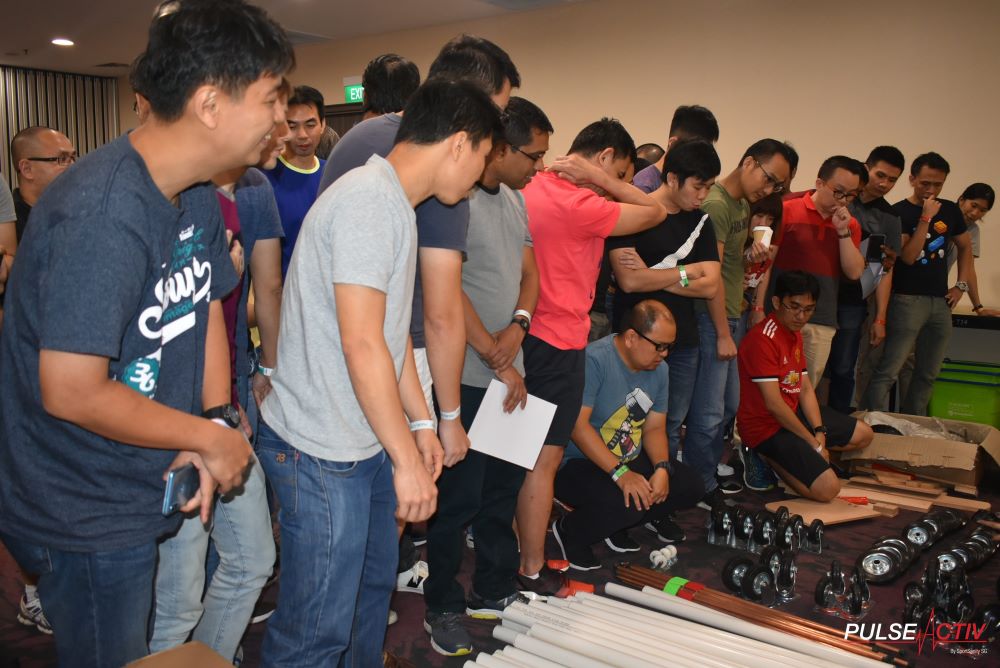The Role of Technology in Bridging Generational Gaps in the Workplace
In today’s rapidly evolving workplace, technology plays a pivotal role in facilitating communication and collaboration among employees from different generations. With multiple generations—each with their own distinct technological experiences and preferences—working side by side, it’s crucial to harness the right tools and strategies to bridge these gaps. Here’s how technology can help create a more cohesive and productive multigenerational workforce.
1. Unified Communication Platforms
Bridging Communication Preferences: Different generations often have varied communication preferences, from face-to-face meetings to instant messaging. Unified communication platforms like Microsoft Teams, Slack, or Zoom integrate various communication channels into a single interface. These platforms allow employees to choose their preferred mode of communication—whether it’s video calls, chat, or email—ensuring that everyone stays connected and engaged.
Enhanced Collaboration: By centralizing communication, these platforms help avoid information silos and ensure that all team members, regardless of their generational background, have access to the same information and updates. This fosters transparency and inclusivity in team interactions.
2. Collaborative Tools and Project Management Software
Streamlining Workflow: Tools like Asana, Trello, or Monday.com simplify project management and task tracking. These platforms provide clear visibility into project statuses and individual responsibilities, helping teams stay organized and on track. For multigenerational teams, these tools offer an easy-to-navigate interface that can be adapted to different tech comfort levels.
Encouraging Participation: Collaborative software often includes features like shared calendars, task assignments, and comment threads, which facilitate input from all team members. This ensures that employees of all ages can contribute their ideas and stay actively involved in projects.
3. Learning and Development Platforms
Customized Training: E-learning platforms such as Coursera, LinkedIn Learning, or Udemy offer a wide range of courses and training modules that can be tailored to various skill levels and learning preferences. These platforms can help bridge the generational knowledge gap by providing resources that cater to both younger employees seeking up-to-date skills and older employees looking to enhance their expertise.
Fostering Continuous Learning: By offering accessible and flexible learning opportunities, these platforms encourage ongoing professional development for employees of all ages. This not only helps individuals stay current with industry trends but also supports a culture of continuous improvement and growth.
4. Mentorship and Knowledge Sharing Tools
Facilitating Knowledge Transfer: Technology can facilitate mentorship and knowledge sharing between generations. Platforms like MentorcliQ or Chronus enable structured mentorship programs where experienced employees can share their expertise with younger team members. These platforms often include features like goal setting, progress tracking, and feedback mechanisms, making it easier to manage and benefit from intergenerational mentoring relationships.
Building Relationships: Virtual meeting tools and collaboration spaces provide opportunities for employees from different generations to interact and learn from each other, regardless of their physical location. This helps build stronger relationships and encourages knowledge exchange across the organization.
5. Adaptable Workspaces
Customizable Work Environments: Many modern technology solutions offer customizable workspaces that can be tailored to individual preferences. For example, cloud-based document storage services like Google Drive or Dropbox allow employees to organize and access their files in a way that suits their needs, whether they prefer a more traditional folder structure or a more modern tagging system.
Supporting Flexibility: Technology that supports flexible work arrangements, such as remote work tools and virtual collaboration spaces, allows employees of all generations to work in a way that fits their personal circumstances and preferences. This flexibility can enhance job satisfaction and productivity for everyone.
6. Addressing Technological Barriers
Providing Training and Support: To ensure that all employees can effectively use new technologies, organizations should invest in training and support. Offering hands-on workshops, creating user-friendly guides, and providing technical assistance can help employees from all generations become comfortable with new tools.
Encouraging a Growth Mindset: Cultivating a culture that embraces learning and adaptation is key to overcoming technological barriers. Encouraging employees to view technology as a tool for empowerment rather than a challenge can help build confidence and promote a more inclusive work environment.
Conclusion
Technology has the potential to bridge generational gaps in the workplace by enhancing communication, collaboration, and learning. By leveraging unified communication platforms, collaborative tools, e-learning resources, mentorship programs, adaptable workspaces, and providing adequate support, organizations can create a more cohesive and productive multigenerational workforce. Embracing these technologies not only helps bridge the gaps between different generations but also fosters a more inclusive and dynamic work environment.
To head back to read another article in our blog, click here.

